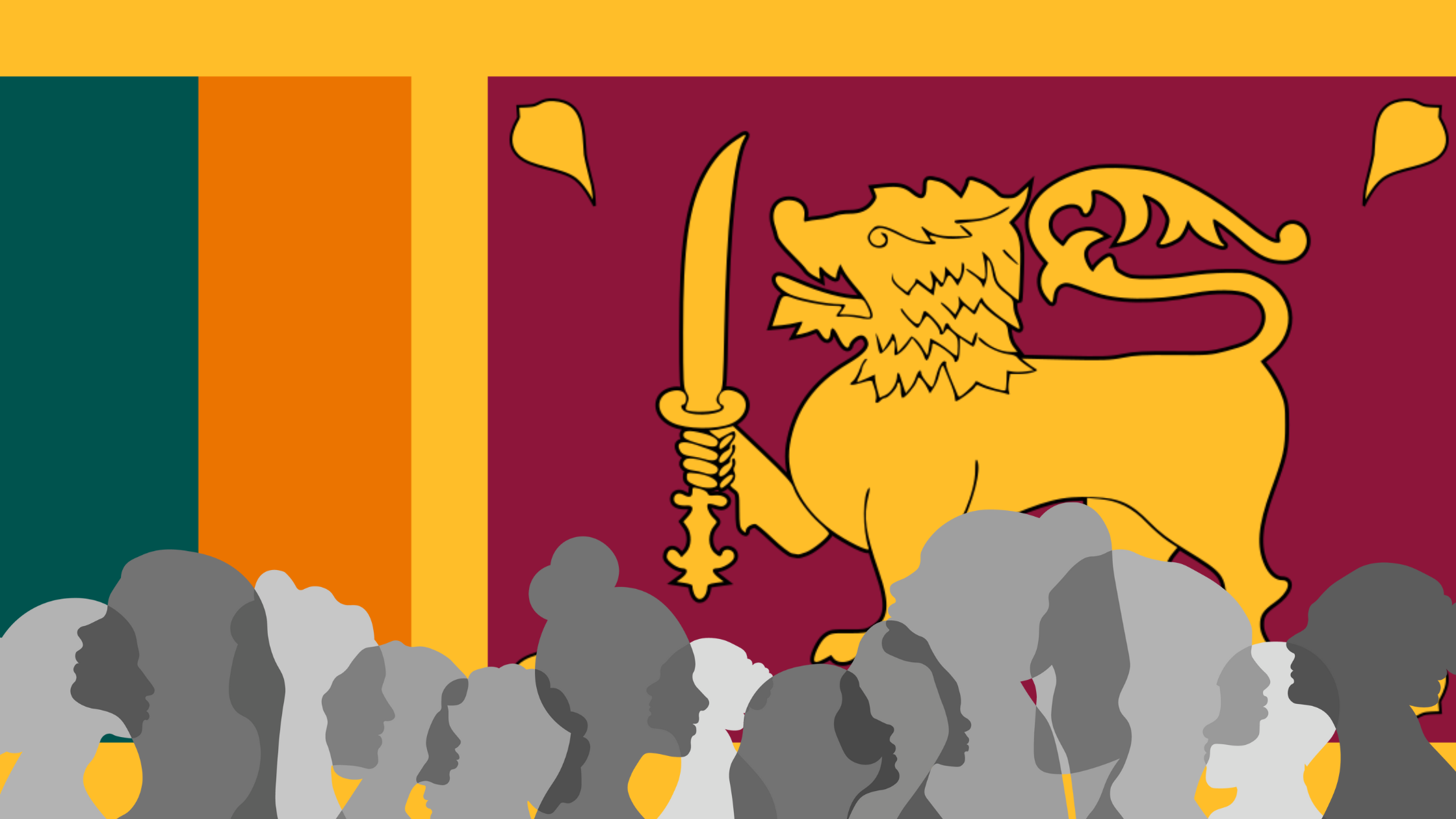By Riyana Cassim
For years, Sri Lanka has struggled with women’s representation in politics. Despite making up over 50% of the population, women have been severely underrepresented in Parliament—until recently. The 2024 election marked a historic moment, with 21 female MPs elected, the highest in Sri Lanka’s history.
Compared to India (15%), the UK (35%), and Canada (30%), Sri Lanka still lags. The global average for female representation is 26%, with Rwanda leading at 61%. This highlights how far Sri Lanka needs to go.
This may not seem like much, but it is progress, especially considering 150+ first-time MPs were elected, signaling a shift in the country’s political landscape. But is this enough?
Sri Lanka’s Gender Representation Problem
Sri Lanka made history by electing the world’s first female Prime Minister, Sirimavo Bandaranaike, in 1960, but since then, progress has stalled. Women make up less than 6% of Parliament, far below regional averages—South Asia (18%) and Southeast Asia (20%).
Why Has It Taken This Long?
It’s not a lack of capable women—it’s the barriers they face:
- Party Politics – Major parties rarely prioritize female candidates or place them in winnable seats.
- Financial Struggles – Running a campaign is expensive, and women lack access to financial networks
- Sexist Backlash – Female politicians face personal attacks and online harassment, discouraging many from entering politics.
Signs of Change
While representation is still low, the record number of female MPs in 2024 is progress. More young, educated, first-time politicians are stepping in.
“If we want real progress, we need young leaders—men and women—who care about representation,” says Anuki, a 22-year-old university student.
Gender quotas at local government levels introduced in 2018 also helped boost female participation. If this trend continues, a more balanced Parliament is possible.
What Needs to Happen Next?
? Stronger Gender Quotas – National-level quotas, like in Rwanda and India, could significantly increase female representation.
? Support for Female Candidates – Providing more funding and leadership programs can help women enter politics.
? A Cultural Shift – Women in politics should be normalized in schools and media.
Sri Lanka is finally moving in the right direction. The 2024 election proved that change is possible—but only if we keep pushing for it.
Sources:
- Inter-Parliamentary Union (IPU) – Global Gender Representation Data
- The Hindu – Women’s Representation in Indian Parliament
- World Economic Forum – Women in Politics Report
Riyana Cassim is seventeen years old and hails from Sri Lanka. She is a staff intern with The Azadi Project. Riyana completed her high school in 2024. Currently, she supports the communications and social media vertical of our team.

Leave a Reply